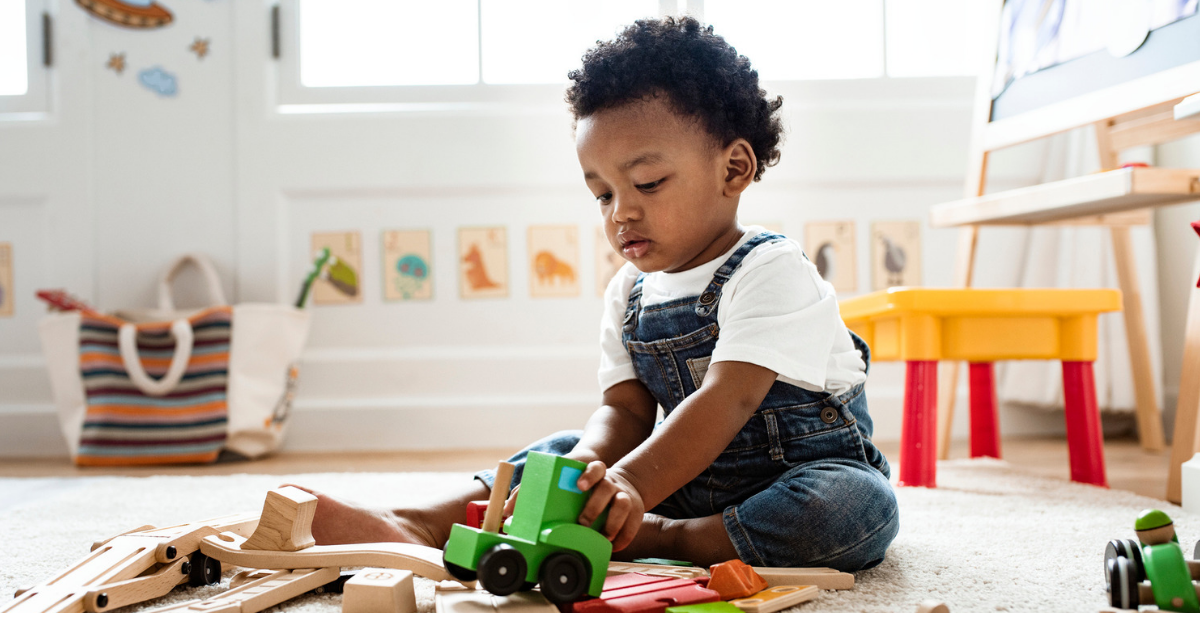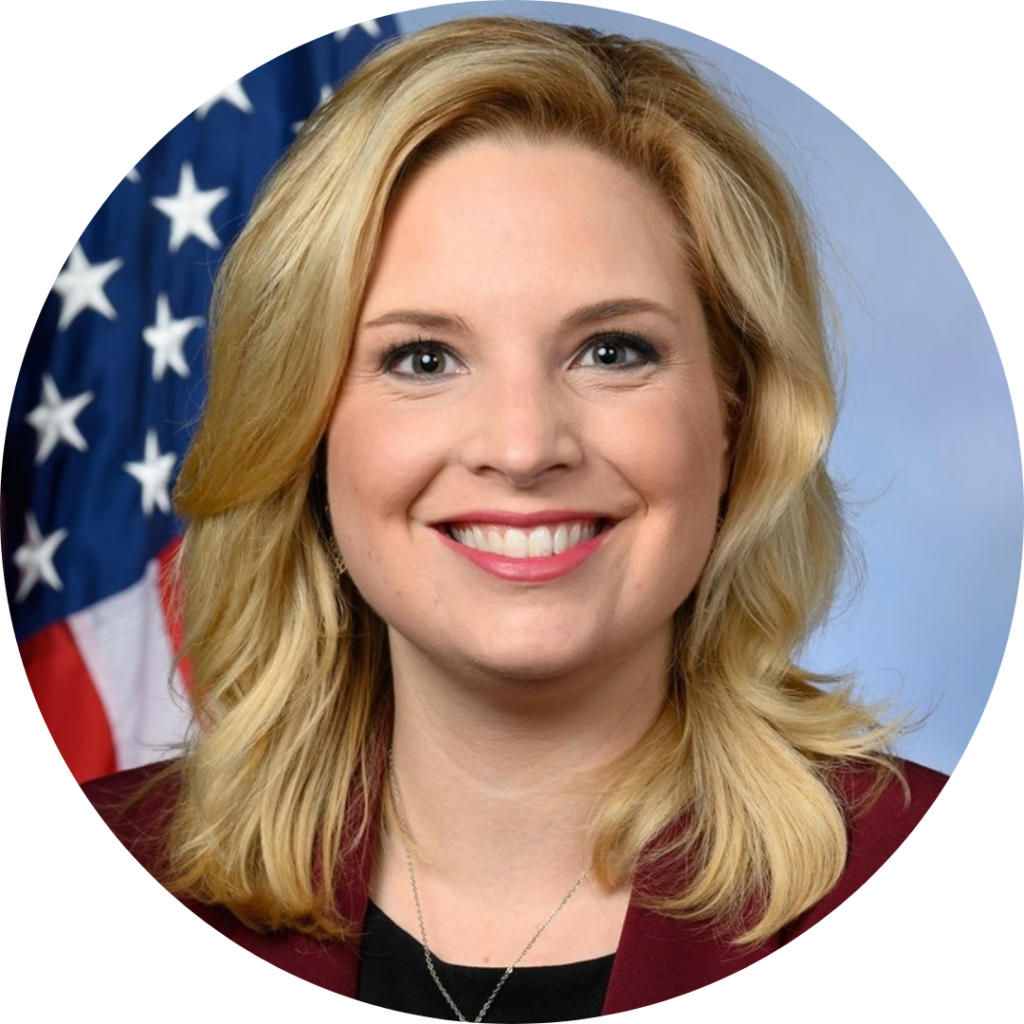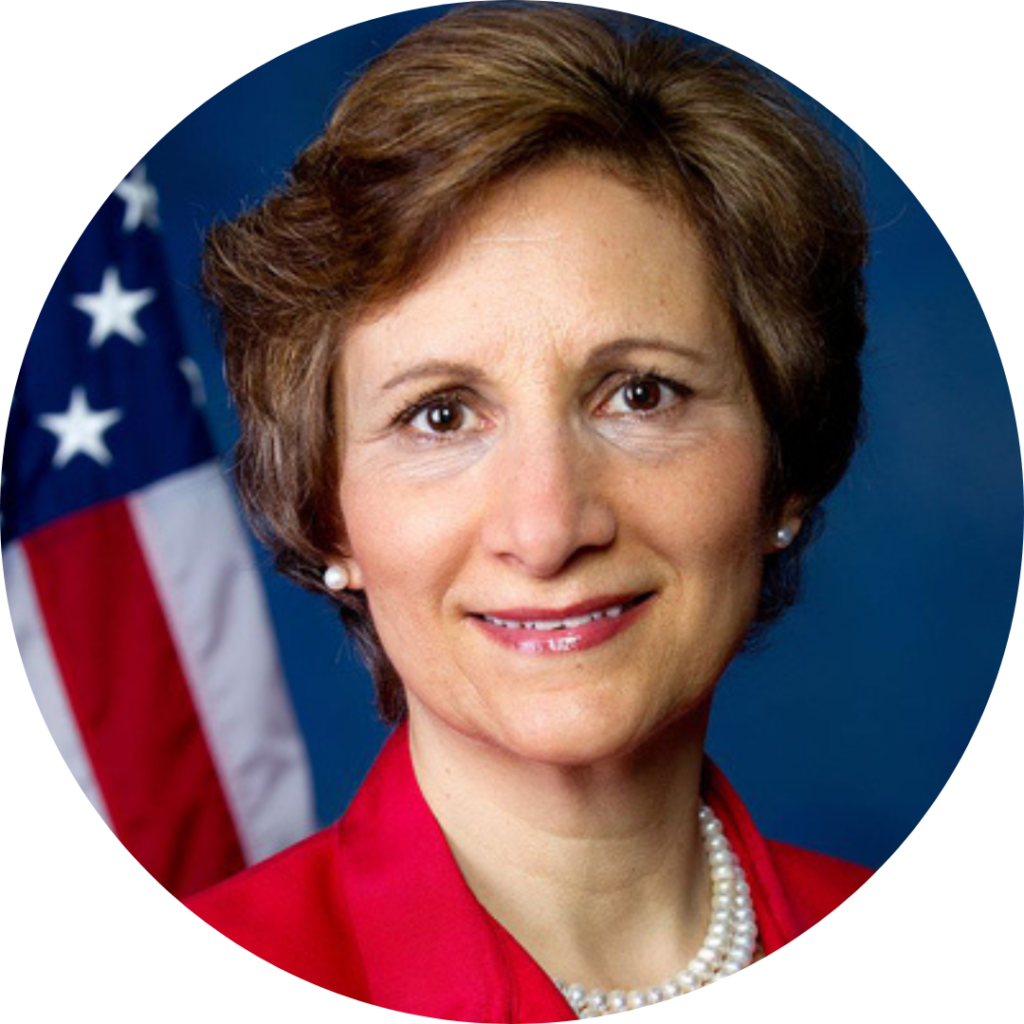Here’s the Latest on Federal Funding for Early Learning and Care for FY2020

Each year, Congress determines funding levels for all of the federal defense and non-defense discretionary programs, including those that support the care and education of children from birth through age five. Traditionally, subcommittees within the House and Senate Appropriations Committees develop their own legislation that sets funding levels for the programs within their jurisdiction, which is then taken up by the full appropriations committees, and later the full legislative body, before a negotiation process between the two chambers of Congress and ultimately the president’s signature.
RELATED: Congress Approves $260 Million Funding Increase for Federal Early Childhood Programs in FY2019
However, this year, as has happened frequently in recent years, the process is a bit different, and Congress is continuing to work toward a consensus on an FY2020 appropriations bill.
Here’s where things stand on the appropriations process for FY2020:
- On June 19, 2019, the House passed a “minibus” package, a partial government spending bill that includes substantial funding increases for many of the federal early learning and care programs. Building on historic bipartisan increases secured by Congress in recent years, the FY2020 bill passed by the House includes the following spending levels for key programs:
- $7.7 billion for the Child Care and Development Block Grant(CCDBG) program, an increase of $2.4 billion over FY2019;
- $11.6 billion for Head Start, an increase of $1.5 billion over FY2019;
- $350 million for Preschool Development Grants Birth through Five (PDG B-5), an increase of $100 million over FY 2019;
- $403.3 million for IDEA Part B, Sec. 619, an increase of $7.3 million over FY2019;
- $491 million for IDEA Part C, an increase of $12.3 million over FY2019.
- On September 18, 2019, the Senate Labor-HHS appropriations subcommittee released its proposed FY2020 appropriations bill, which has a lower spending cap than the House bill, but also includes increases for some of the federal early learning and care programs:
- $5.3 billion for CCDBG, an increase of $25 million over FY2019;
- $10.1 billion for Head Start, an increase of $50 million over FY2019;
- $250 million for PDG B-5, the same level as FY2019;
- $391 million for IDEA Part B, Sec. 619, the same level as FY2019;
- $470 million for IDEA Part C, the same level as FY2019
- House and Senate leaders were unable to reach a deal before the end of the fiscal year on September 30, 2019. In order to avoid a government shutdown, lawmakers passed a “continuing resolution” to fund the government at FY2019 levels through November 21, 2019, while they continue to negotiate a final FY2020 funding bill.
Unlike many policy issues that rely on the success of one political party for their legislative success, early childhood education has made tremendous progress in Washington over the past decade regardless of which party holds power. Recent analysis released by FFYF shows major increases in funding for the primary early learning and care programs while Democrats control the White House and both chambers of Congress, while Democrats control the White House and power is split in Congress, while Democrats control the White House and Republicans control both chambers of Congress, and while Republicans control the White House and both chambers of Congress.
In September, Advisor to the President Ivanka Trump highlighted the successful bipartisan efforts in 2018 that resulted in the single largest increase in history to the federal CCDBG program.
It secured the largest ever increase (from $2.9 to $5.3 billion) in the Child Care and Development Block Grant program as a major new investment in child care affordability.
— Ivanka Trump (@IvankaTrump) September 17, 2019
We are grateful to the many bipartisan leaders who continue to be champions for early learning on Capitol Hill, having secured several funding increases in both the House and Senate bills. FFYF will continue to work with lawmakers on both sides of the aisle to ensure the federal early learning and care programs receive the greatest funding increases possible to help reach more eligible families across the country.
Subscribe to FFYF First Look
Every morning, FFYF reports on the latest child care & early learning news from across the country. Subscribe and take 5 minutes to know what's happening in early childhood education.


